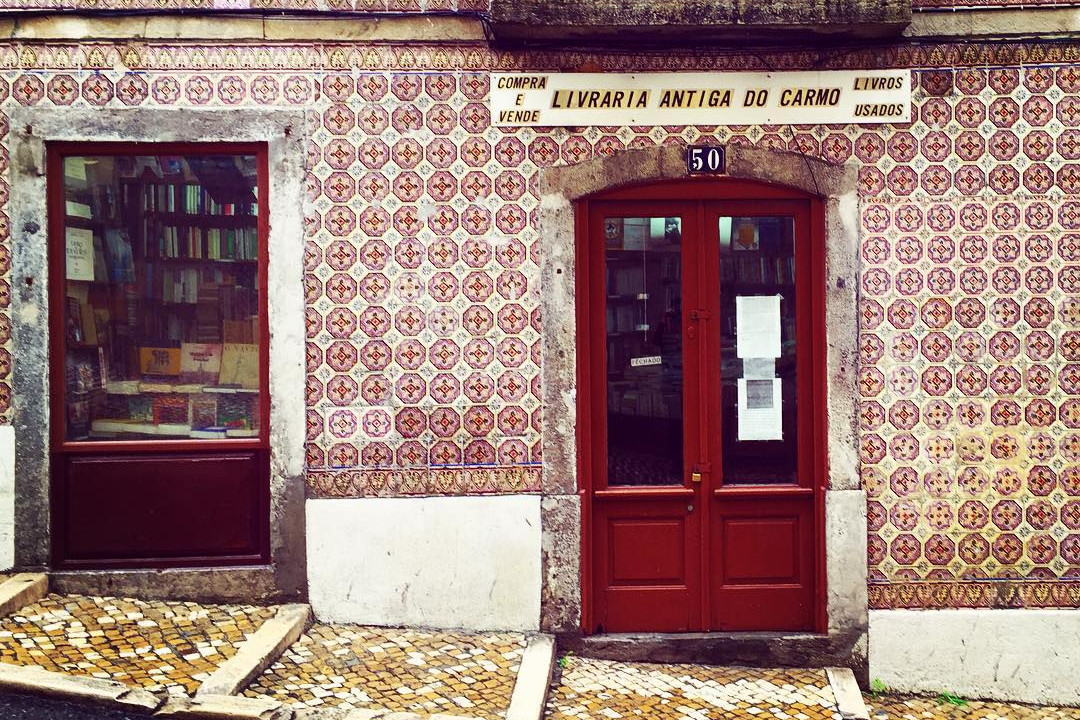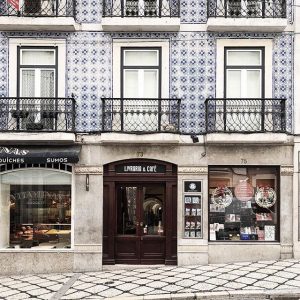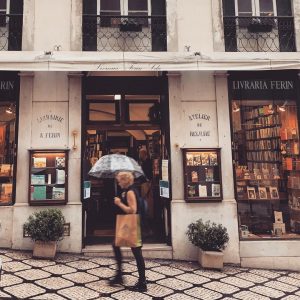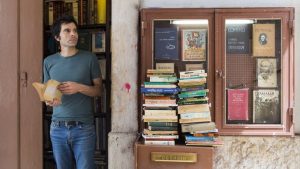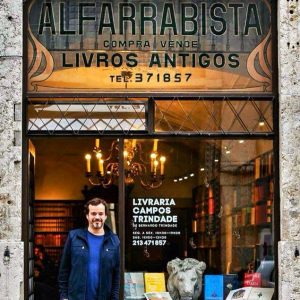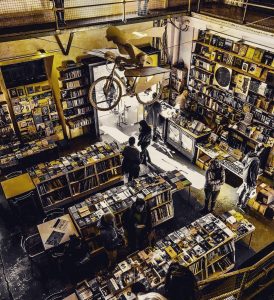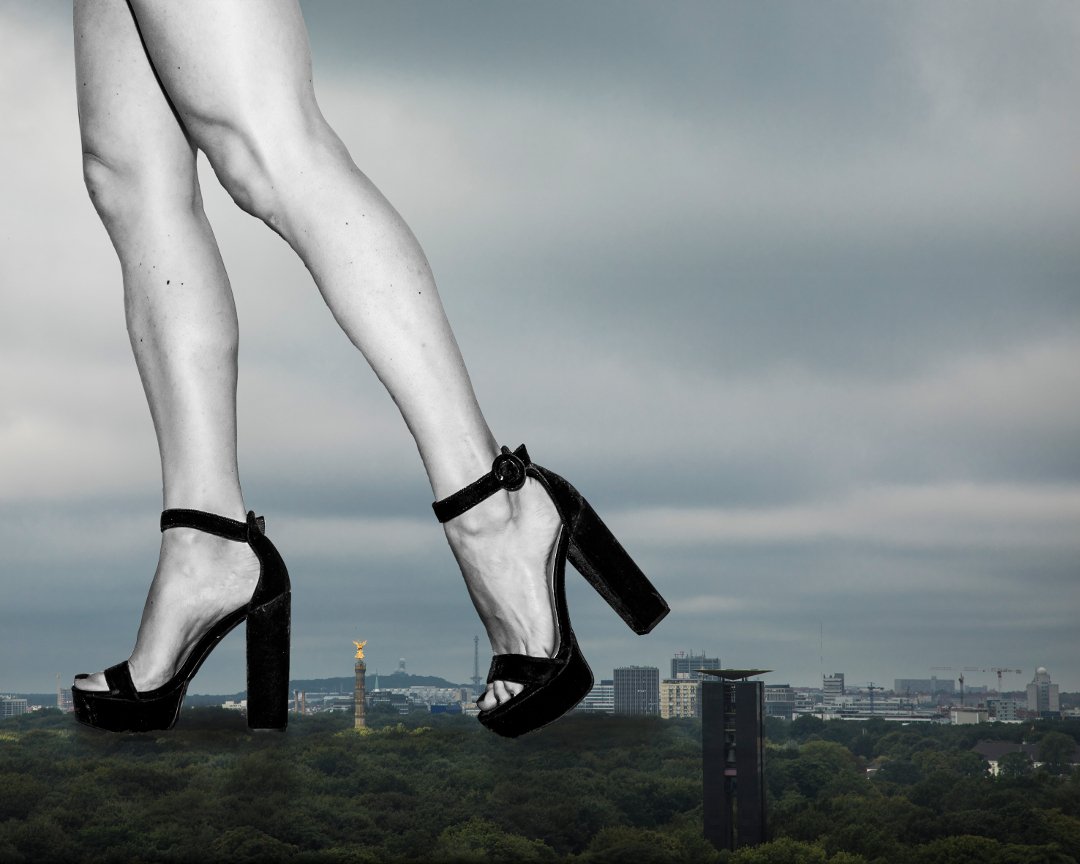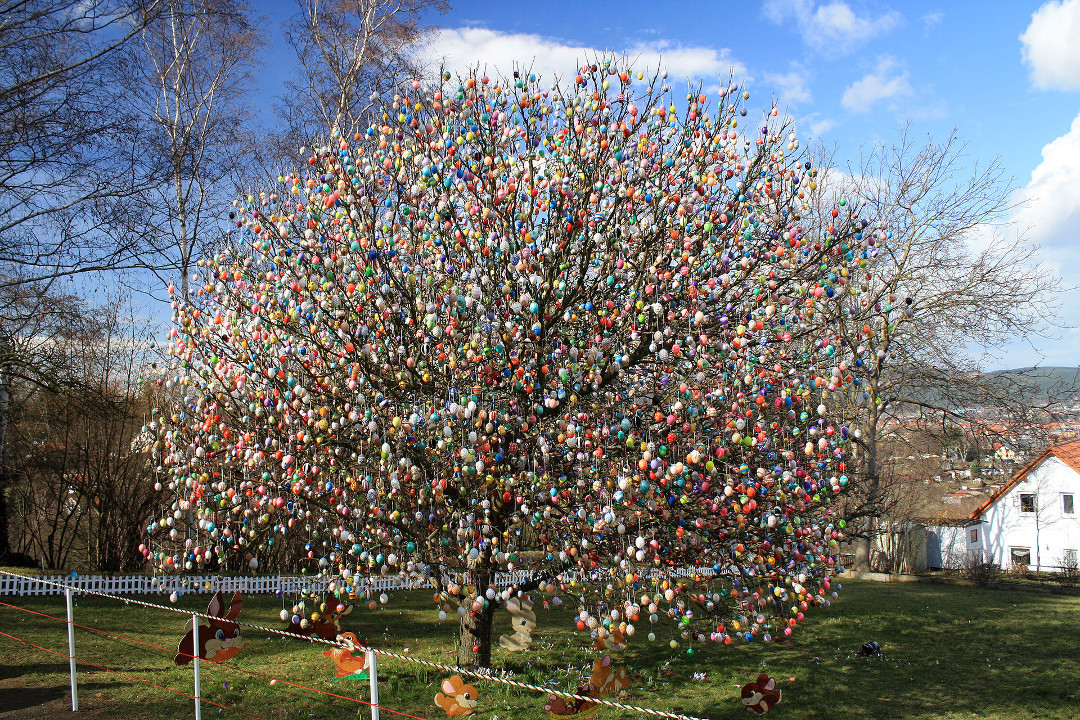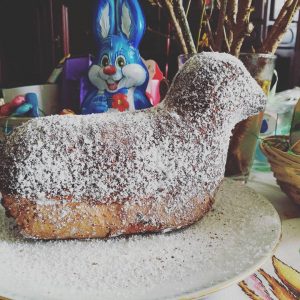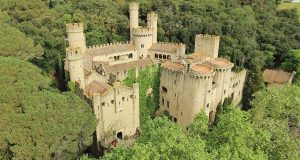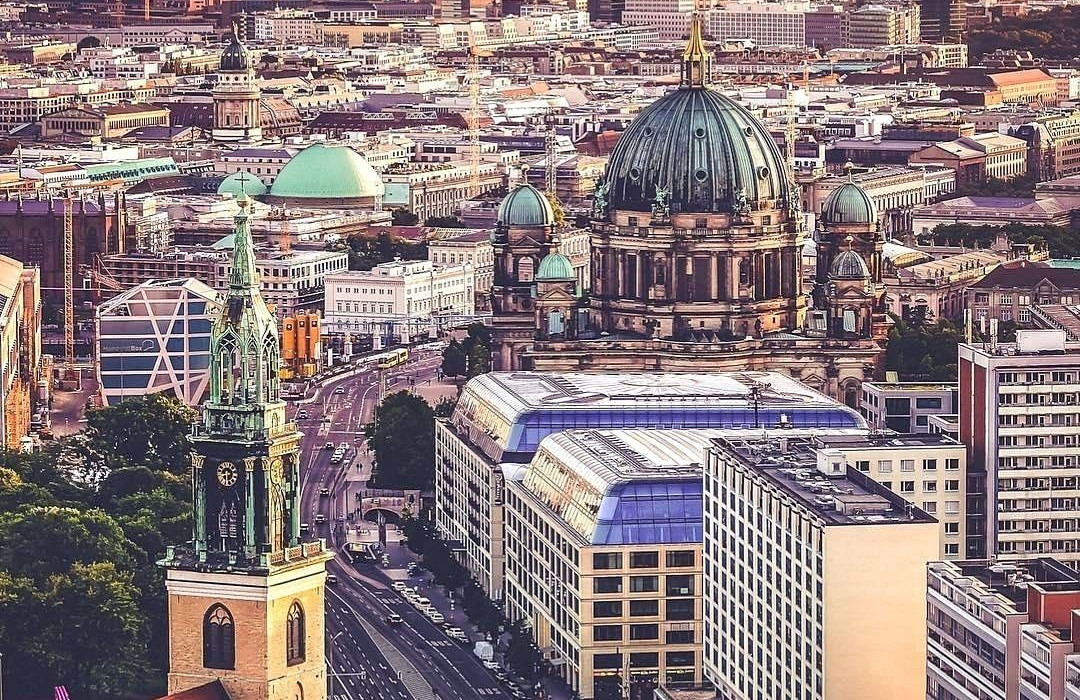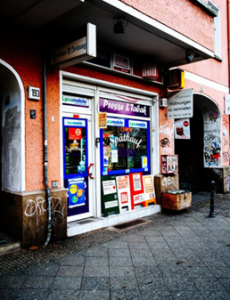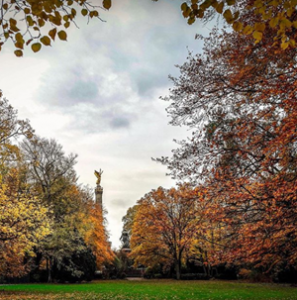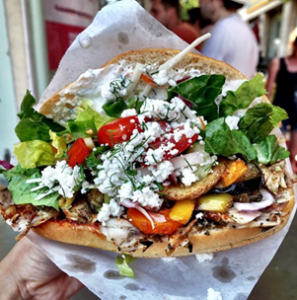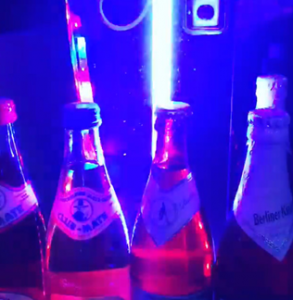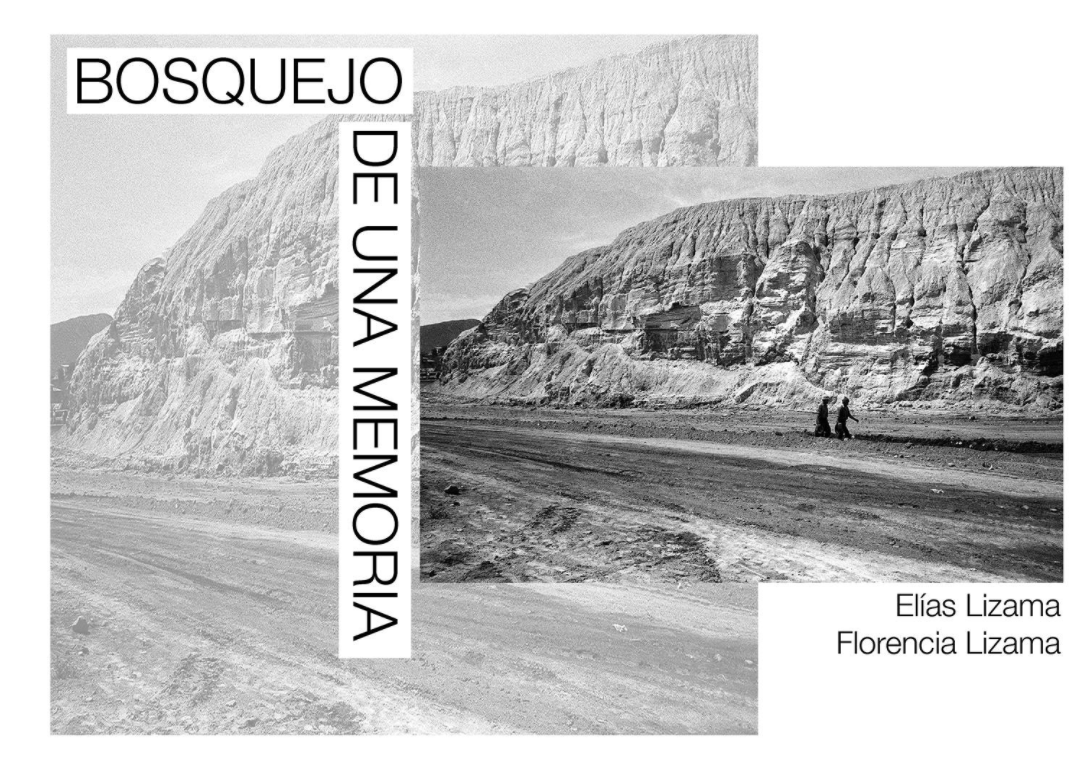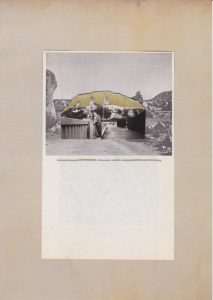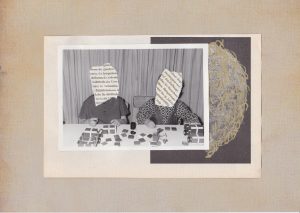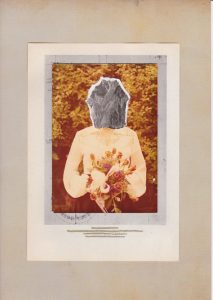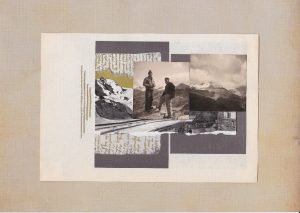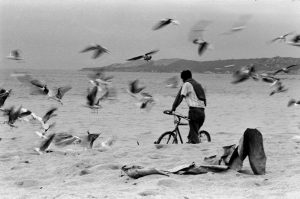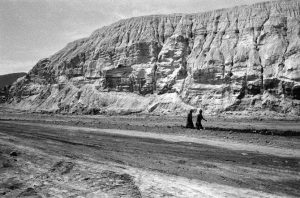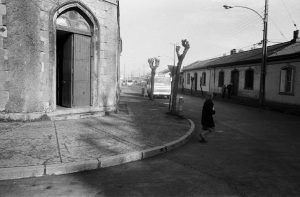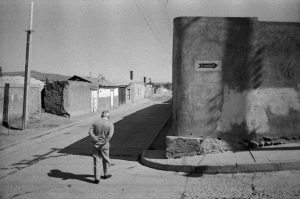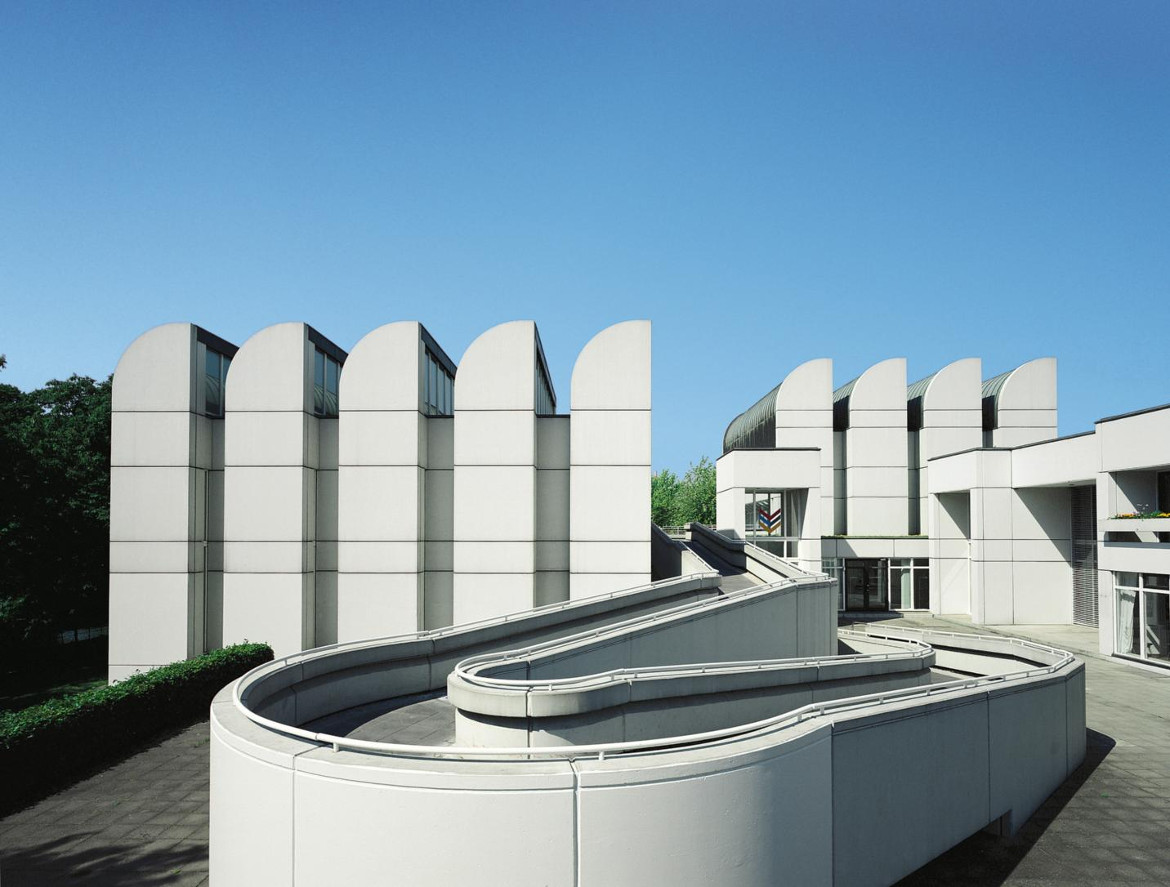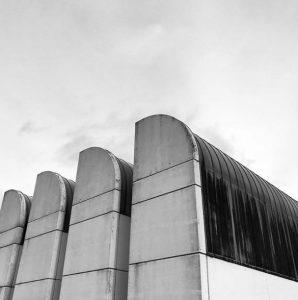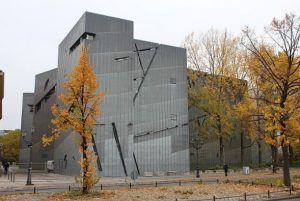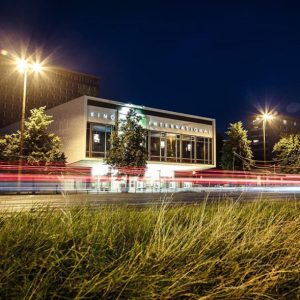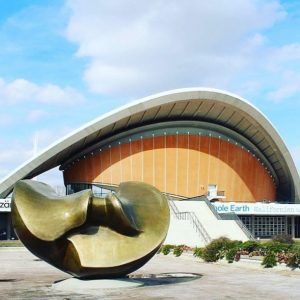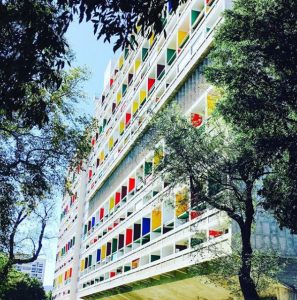@madsweets19
Portugal is a land of brilliant writers such as Lisbon-born Fernando de Pessoa and Luís de Camões, José Saramago, native of Alentejo, and José Maria de Eça de Queiroz, who was born in the Greater Porto region.
The nation’s capital, Lisbon, treasures and guards their literary masterpieces in a huge variety of bookshops ‒ some are tiny and quaint, some large and well-stocked, some ancient and others modern. We have selected six of the city’s bookstores that have a unique attraction and seduce window-shoppers and serious book-lovers alike.
Portugal’s oldest bookshop
@saracabido
Located on Rua Garrett in the Chiado district, the Livraria Bertrand first opened its doors in 1732 and is renowned for being the oldest bookshop in the country. Over the years, its shelves have witnessed great discussions on politics and literature between intellectuals who sought to change the world.
A 117-year old book club
@bedsidebookclub
The 19th-century Livraria Ferin is also in Chiado. This old-style establishment is ideal for taking refuge from the bustling local streets while you select a book and enjoy a coffee in what used to be a crypt on the ground floor.
The tiniest bookshop of all
©HugoAmaral
Nestled at the foot of the Escadinhas de São Cristóvão (steps to Saint Christopher) in the traditional Mouraria neighbourhood, is a bookshop the size of a shoe cupboard. This bibliophile heaven is a hole in the wall called Livraria de Simão and is named after the bookseller, who you will inevitably bump into during your visit.
The captivating smell of old books
@acidadenapontadosdedos
Rua do Alecrim, in the Chiado district, is home to the Campos Trindade and João Trindade second-hand bookshops, which battle to safeguard relics of Portuguese literature against being lost or forgotten. Stepping through the door is like a journey back in time.
Where bicycles and books take flight
@nunosantosmonteiro
Ler Devagar (read slowly) is located within LX Factory, Lisbon’s creative mini-city set inside an old industrial complex. It invites visitors to read and relax in a creative haven among floor-to-ceiling books and eclectic artistic installations such as a flying bicycle. Cultural magazine Flavorwire has named it as one of the most beautiful bookshops in the world.
After a busy day browsing through some of the literary gems held in Lisbon’s enchanting assortment of bookshops, make your way back to the Baixa neighbourhood in the heart of the city, where the Gat Rossio hotel is waiting to help you take the weight off your feet and enjoy a fabulous night’s rest.
